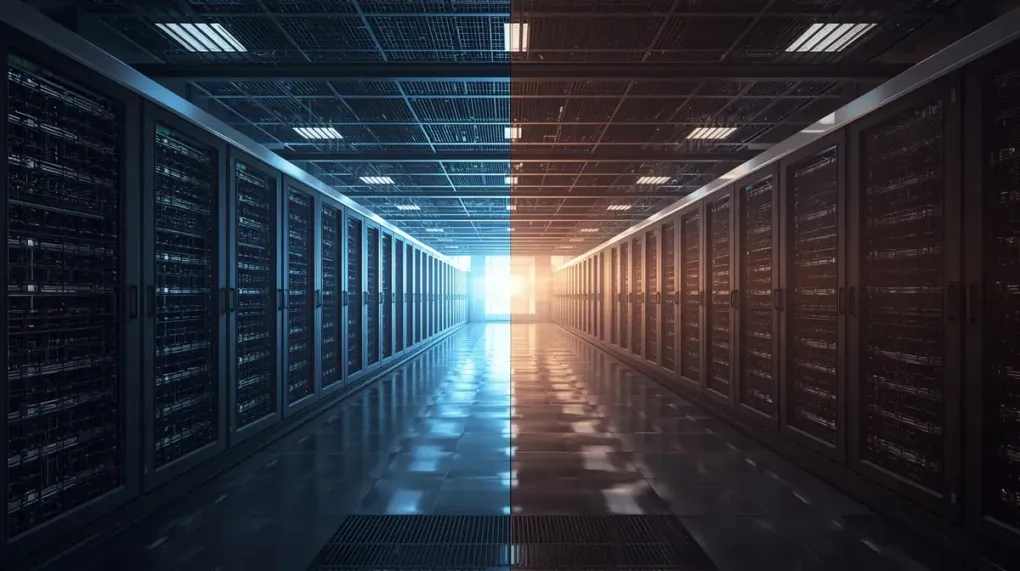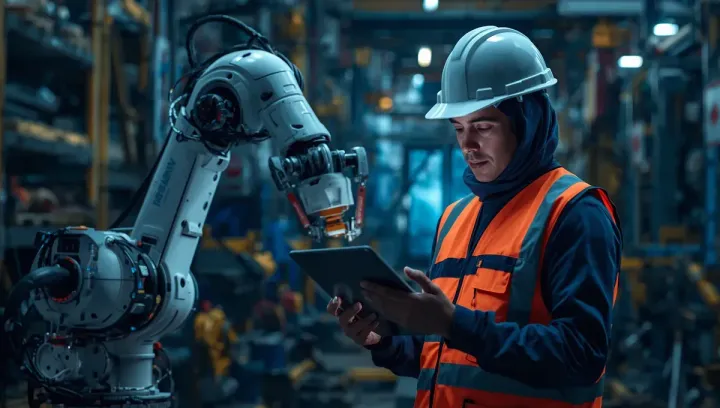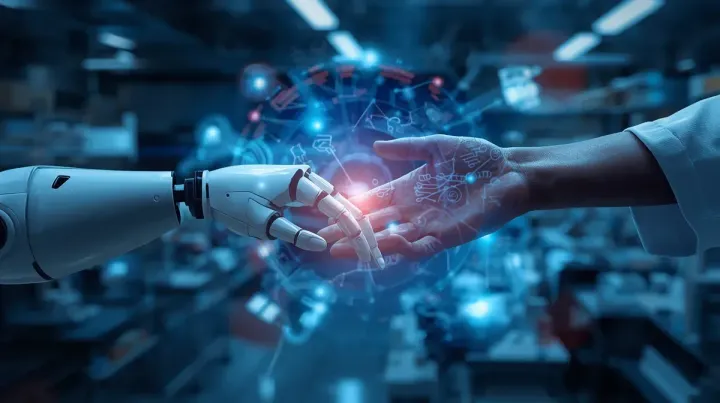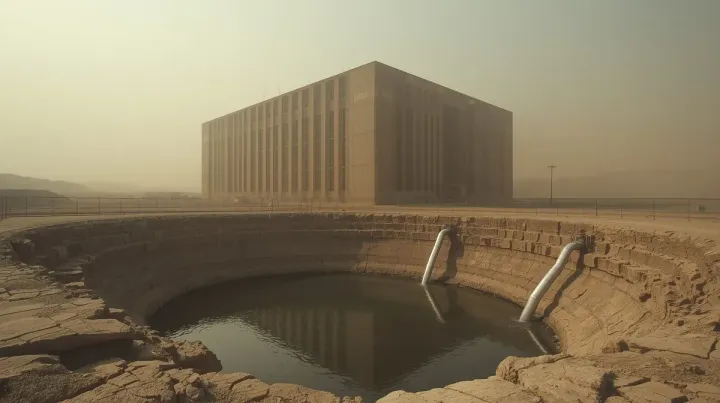
The Great Tech Cooldown: Is the AI Boom Creating a Worker Shortage in Other Sectors?
The headlines are dominated by the explosive growth of artificial intelligence. Companies like OpenAI, Meta, and Alphabet are in a frenzied race, pouring hundreds of billions of dollars into building the massive data centers that power the AI revolution. This has created a surge in demand for AI specialists, with job titles containing ‘AI’ seeing a staggering 7x increase in 2025 alone.
But beneath this shiny surface lies a growing crisis. While the AI sector booms, the foundational industries required to build it are facing a severe labor shortage. This isn’t a future problem; it’s happening now, and it threatens to become a major bottleneck for the entire tech economy.
The Unseen Shortage
The AI data center boom doesn’t just require software engineers. It requires a massive workforce of skilled tradespeople: electricians, construction workers, and manufacturing technicians who can build and maintain these colossal structures. And that’s where the problem lies.
According to a report from the National Association of Manufacturers, the U.S. could face a shortfall of 1.9 million manufacturing workers by 2033. The construction industry is in a similar bind, needing nearly half a million new workers in 2025 alone. The workforce in these critical trades is aging, and there aren’t enough younger workers entering the field to replace them.
As one expert from Associated Builders and Contractors noted, these complex data center projects are likely to go over budget and miss deadlines. The precision required is immense, and the question is stark: “Do we have the workforce for that? Not in abundance, that’s for sure.”
A Tale of Two Tech Markets
This creates a strange paradox in the tech labor market. On one hand, we have the hyper-competitive, high-paying world of AI development. On the other, we have a desperate need for the skilled labor that makes this development possible. The software engineering job market outside of AI has remained stagnant, still smaller than it was in early 2022.
This bifurcation is creating a “great tech cooldown” for many non-AI roles, while the demand for physical infrastructure and the workers to build it has never been higher. The situation is so critical that some experts warn these multi-billion dollar data centers could become “stranded assets”—gleaming buildings that cannot go online simply because there aren’t enough people to build and connect them.
The Path Forward
What’s the solution? The tech giants, with their deep pockets, will likely throw money at the problem, paying premiums to attract workers from other regions and investing heavily in training programs. This could present a huge opportunity for those willing to enter the skilled trades, offering long-term, stable employment on projects that can last for a decade.
However, it also highlights a societal challenge. For years, the focus has been on software-based careers, while the essential trades that build the physical world have been undervalued. The AI boom is a stark reminder that the digital world is built on a physical foundation. Without a robust, skilled workforce to build and maintain that foundation, the entire structure is at risk.
The current situation is a wake-up call. The tech industry and policymakers must address this labor shortage head-on, through immigration reform, vocational training initiatives, and a cultural shift that recognizes the immense value of the skilled trades. The future of AI may depend less on the next great algorithm and more on whether we have enough skilled hands to build the world it will live in.
Source: Based on reports from CNBC on the data center labor market.


